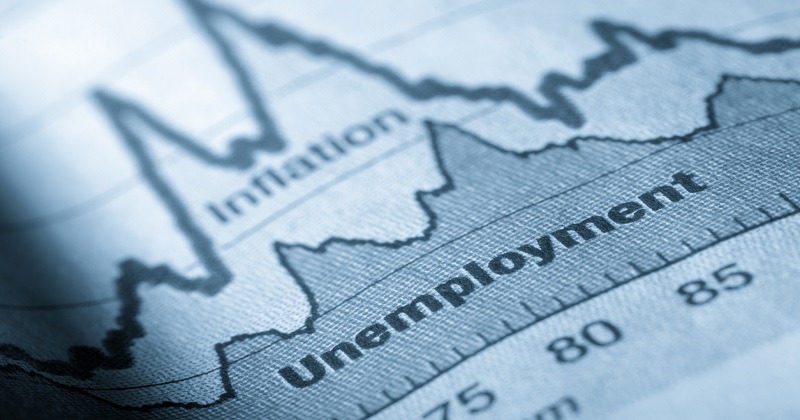
According to data from the Centre for Monitoring Indian Economy (CMIE), India’s unemployment rate rose to 7.14 percent in the week ending July 25, compared to 5.98 percent in the previous week (ending July 18).
A monthly analysis of the unemployment rate, however, showed that it had improved from near 10% in June, and that economic activities picked up as the second wave of Coronavirus infections tapered off. However, unemployment, caused mostly by restrictions imposed due to the pandemic, remains high, according to experts. The CMIE’s unemployment data aren’t considered official and the country doesn’t release similar employment/unemployment statistics on a regular basis.
According to CMIE, which tracks the labour market with proprietary tools, urban unemployment continues to be higher than rural unemployment, up from 7.94% the week before. A sharper increase from the previous week’s 5.1% joblessness rate contributed to the higher rate of 6.75%.
Read also: Water pollution: Lagoon in Argentina turns bright pink
Another widely cited barometer of business expansion, the Nomura India Business Resumption Index (NIBRI), fell from 96.4 to 95.3 for the week ending July 25. A fall in the index indicates a decline in business activity. The index was ‘still at levels prior to the second wave but 4.7 percentage points below pre-pandemic levels’, according to Nomura, an investment firm that compiles the index.
In a jobs survey, all people having jobs are considered employed. Those without jobs but looking for work are considered unemployed. The labor force participation rate equals the number of people who are employed and those who are not. In other words, unemployment equals the number of unemployed divided by the labour force multiplied by 100.
According to Gautam Shahi, an economist at Crisil Ltd., Monday’s numbers show the second wave’s impact on rural areas, which was ‘deeper and wider than ever.’ The majority of economists believe that both growth and employment will improve in the coming weeks, but vaccination will remain the key variable. ‘The pace of vaccinations stagnated, with the month-to-date average in July at ~3.7mn doses/day. We currently forecast a faster pace of vaccination starting in August, but the recent pace suggests risks are skewed towards an earlier start,’ said Sonal Varma, an economist with Nomura Securities.

Post Your Comments